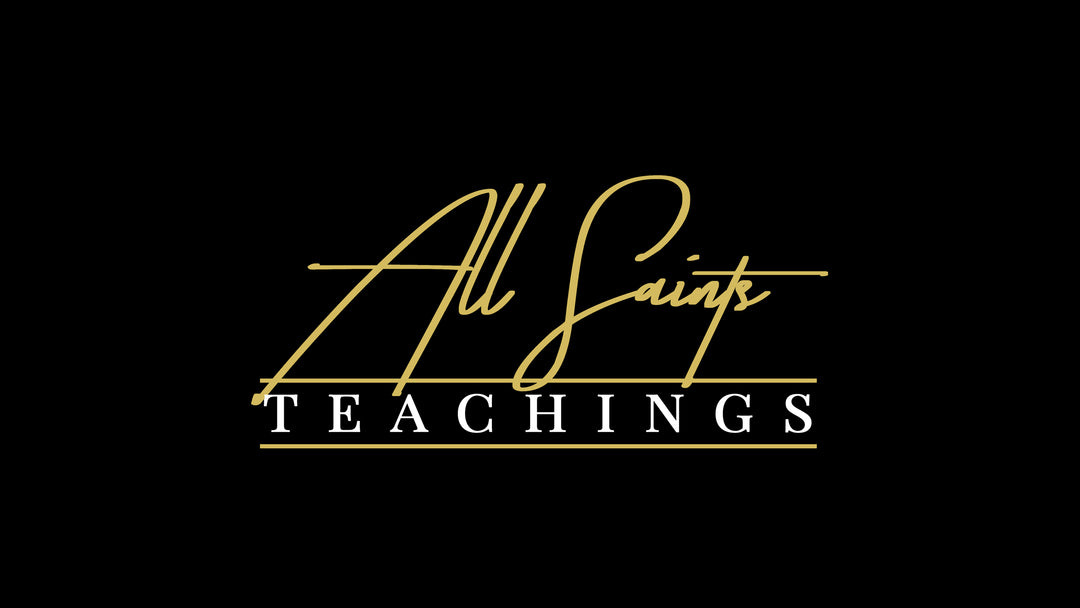Many people are interested in learning how to write effective messages for church services, youth classes, or Bible study groups, but feel unequipped. Below are some basic training tools to help get you or your leadership prepared and informed on some of the more popular methods and styles of sermon preparation and delivery. The depth and of the overall message intended may be split into multiple sections to create a series or summarized into one message. Ask your pastor or more experienced preachers for additional assistance. Use wisdom, seek the Holy Spirit for guidance, and ensure that the final product aligns with the heart and Word of God.
Also, remember that how you deliver the message is just as important as the message itself! If you are passionless and monotone when sharing the Word of God, don't expect others to remain engaged and attentive. Excitement is contagious. Be excited that you have the opportunity to share the Word, be excited about the Word itself!
Also, remember that how you deliver the message is just as important as the message itself! If you are passionless and monotone when sharing the Word of God, don't expect others to remain engaged and attentive. Excitement is contagious. Be excited that you have the opportunity to share the Word, be excited about the Word itself!
THE 4 METHODS
-
STORYLINE - This method is best used when following a particular Bible character throughout a process and will include multiple consecutive scriptures explaining the story you are trying to convey. ex: David's journey from the field to the rise and fall of his reign as king (1 Samuel 16 - 1 Kings 2)
- VERSE - This method focuses on a single Bible verse or Scripture and either searches in depth specific key words in the original text/specific translation or searches for similar verses to support the main scripture. ex: Explaining the in-depth biblical meaning of "kingdom" in the scripture (Matthew 6:33
-
THEME - This method creates an overall message using multiple scriptures and Bible stories that are centered around a common theme being explained. This method usually includes different points being made from the multiple stories that tie into the main theme. ex: A message about the "Storms of Life" may include scripture from Noah's ark and the flood (Genesis 6-9), Jonah's disobedience (Book of Jonah), Jesus rebuking a storm (Matthew 8)
- TOPIC - This is similar to the Theme Method; however, this method focuses less on stories and more on multiple individual scriptures related to the topic being taught. ex: Explaining what the Bible says about the identity of those who accept Christ.
THE 4 STYLES
-
PREACHING - This style of message delivery is mostly used in a church setting for regular services. Preaching a message is something that should captivate the majority of the listeners and have some sort of life-application. These messages are mostly used to bring edification and encouragement to the congregation of listeners but may include words of correction.
- TEACHING - This style of message delivery can be used in any kind of setting and is usually used to give specific information, or a more in-depth analysis of the scriptures or stories being shared. Teaching tends to be more informative than preaching and can include a focus on scripture context, original translations, word definitions, character analysis, geographical location, and so forth.
- YOUTH/KIDS - When it comes to youth and kids, messages should be simple, relevant, and easily applicable. Children and teens tend to have a limited attention span, so messages prepared specifically for their classes should be delivered in a way that is engaging, exciting, and charismatic. This style can include a creative illustration, activity, game, or video that ties into the message being given to help retain attention and make the message memorable.
- BIBLE STUDY - A Bible study is usually conducted in a smaller group setting such as a classroom or home group but may also be given in a church. This style is a bit of a blend of both Preaching (encouragement) and Teaching (deeply informative) and usually used for discipleship. Hosting a Bible study group works well when there is time for questions, discussions, and a comparison of revelation or opinions.
THE 4 ENHANCERS
- POINTS - One way to enhance the memorability of the message is to add a few main points that are easily applicable to the listeners. Sometimes sermons can carry a huge variety of information and people with a limited attention span can get lost if the point you're trying to get across doesn't come quickly. "Point-Preaching" is basically a way of summarizing the entire message into a quick and easy-to-remember format either through bullet points or numbers. Too many points in one message can be confusing and an overload of information can make the message less memorable. If there are too many points to make, either focus on the best ones or split the message into a series to do on different days.
"You can make this choice by loving the Lord your God, obeying him, and committing yourself firmly to him."
Point 1 - Love God
Point 2 - Obey God
Point 3 - Commit to God
- POWER QUOTES - The term "Power Quote" basically refers to one powerful statement that summarizes the entire point of the message being given. This is extremely useful in every method and style of sermon messages because an impactful quote is easily remembered and can bring the entire message to a powerful conclusion. These specific statements should be given extra emphasis and always be relevant and applicable to those who hear the message. "If you didn't hear a single thing I said in this entire message, remember this! (Power Quote)"
"Some of the greatest things God has planned for your life are outside of your comfort zone!"
- ILLUSTRATIONS - One way to keep the audience engaged in the message is to have some sort of illustration, example, or movement. This can be a testimony related to the message, a song, a video clip, or an analogy using physical objects or people as volunteers to further explain the point being made. Illustrations may be simple or dramatic depending on the point being made and the creativity of the person giving the message.
*Well-dressed speaker takes off sports coat to reveal hidden back part of shirt with slashes and blood stains*
- ACTIVITIES - An activity can be anything that gets the group of listeners engaged and involved somehow with the message being given. This can be through discussion questions, an icebreaker, a game, or a challenge to go home and apply what was learned through the message. Keeping the listener active is a great way to keep their attention and make the message memorable.
*Challenge everyone to text a non-believer in their contacts an encouraging message of God's love*
Every minister of the Word of God has their own methods and styles of preparing a message and sometimes this includes blending multiple methods, styles, and enhancers together into one sermon. There is no cookie-cutter way to structure sermon notes. Instead, be led by the Holy Spirit, use wisdom, and remain flexible when delivering the Word. There may be times when time is running out and you have to skip a few parts, or you go through the notes too fast and have nothing left to teach with 15 minutes left to spare! Find your flow and figure out what methods and styles work best for the type of message you are giving. Don't be afraid to get out of your comfort zone and try new things!





